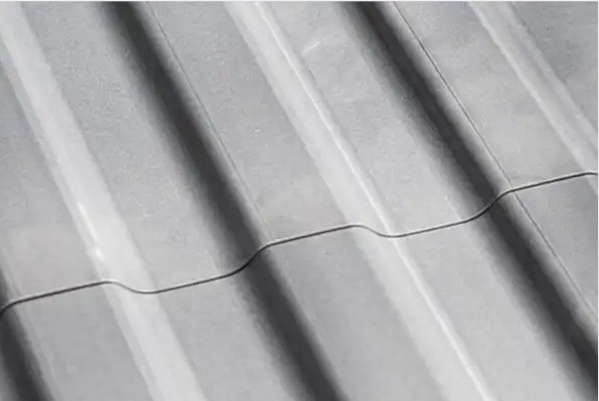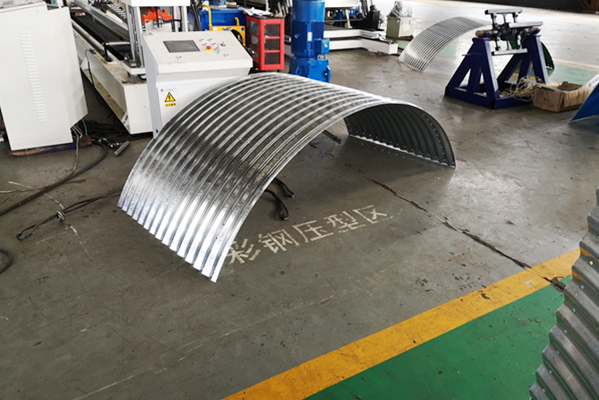Navigation Menu
Contact Us
- Email:
- info@wxavatar.com
- Address:
- Yurong Village, Yuqi Street, Huishan District, Wuxi, China.
Release Date:Jul 03, 2025 Visit:14 Source:Roll Forming Machine Factory
Grain storage equipment plays a crucial role in preserving crop quality and preventing spoilage. Since climate conditions vary significantly across regions, storage solutions must adapt to ensure optimal performance. This article explores how modern grain storage systems adjust to different environmental factors while maintaining efficiency and durability.

Temperature Regulation
Temperature fluctuations can significantly impact stored grain, leading to moisture buildup or excessive drying. Advanced grain storage equipment incorporates insulation and ventilation systems to mitigate these effects. In colder climates, insulated silos help maintain stable temperatures, preventing condensation. In warmer regions, aeration systems promote airflow to reduce heat accumulation and minimize the risk of mold growth.
Humidity and Moisture Control
Humidity levels directly affect grain quality, making moisture control essential. Storage facilities in humid climates often use dehumidifiers and moisture barriers to prevent spoilage. Conversely, in arid regions, equipment may include sealing mechanisms to retain necessary moisture levels and prevent over-drying. Many modern silos feature sensors that monitor humidity in real time, allowing for automated adjustments.
Pest and Insect Resistance
Different climates attract various pests, requiring adaptable storage solutions. In tropical areas, grain bins with enhanced sealing and fumigation systems help deter insects. In temperate zones, rodent-proof designs and controlled atmospheres within storage units reduce infestations. Some systems use inert gases to create an environment unsuitable for pests without chemical treatments.
Structural Adaptations
Grain storage structures must withstand local weather conditions. In regions prone to high winds or storms, reinforced silos with sturdy anchoring systems ensure stability. In areas with heavy snowfall, domed roofs prevent accumulation and potential collapse. Corrosion-resistant materials are used in coastal regions to protect against saltwater exposure.
Automation and Monitoring
Modern storage systems integrate smart technology to adapt to changing climate conditions. Automated temperature and humidity controls adjust settings based on real-time data. Remote monitoring allows operators to make necessary changes without physical intervention, improving responsiveness to weather variations.

Conclusion
Grain storage equipment is designed to accommodate diverse climate conditions through temperature regulation, moisture control, pest resistance, structural durability, and advanced monitoring. These adaptations help maintain grain quality and extend storage life, ensuring reliable performance across different environments. By leveraging technology and innovative engineering, storage solutions continue to evolve to meet the challenges posed by varying climates.